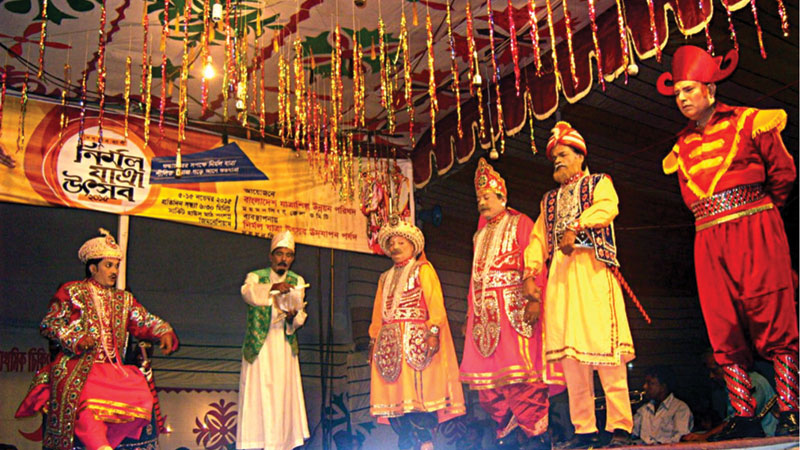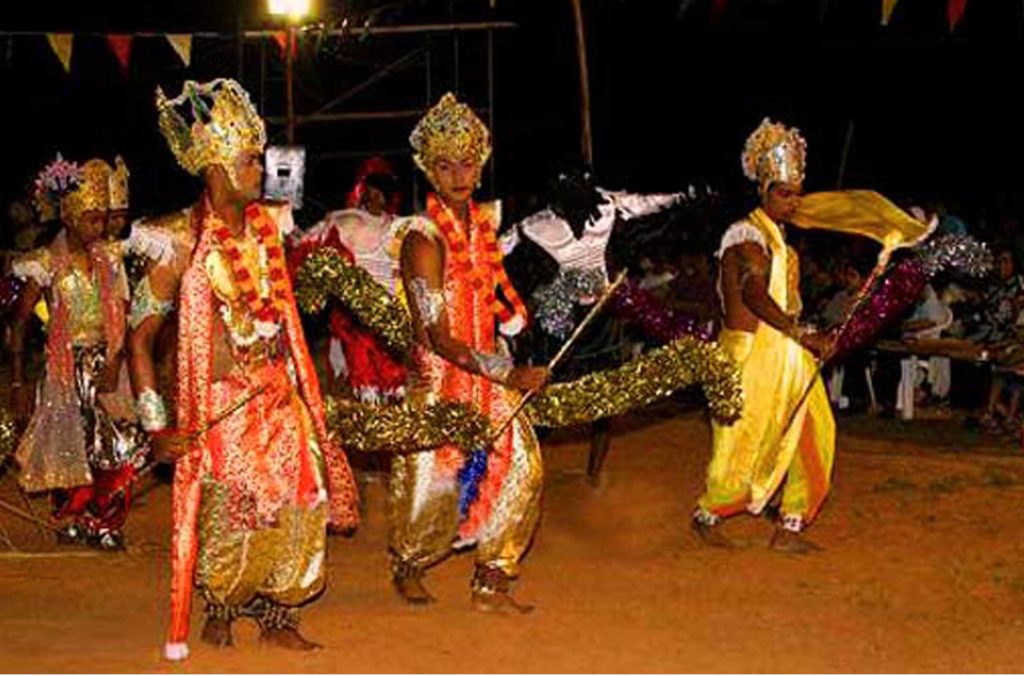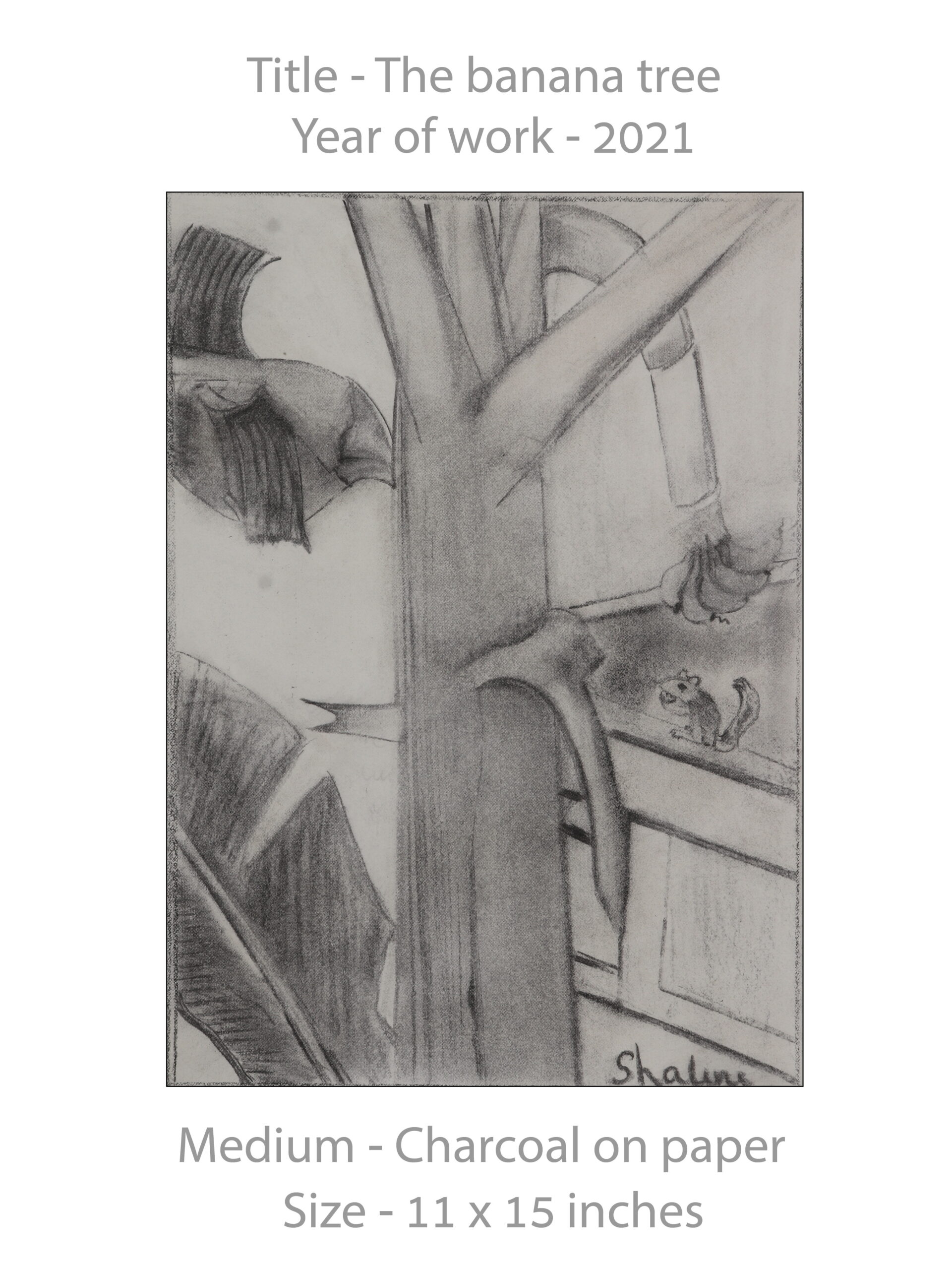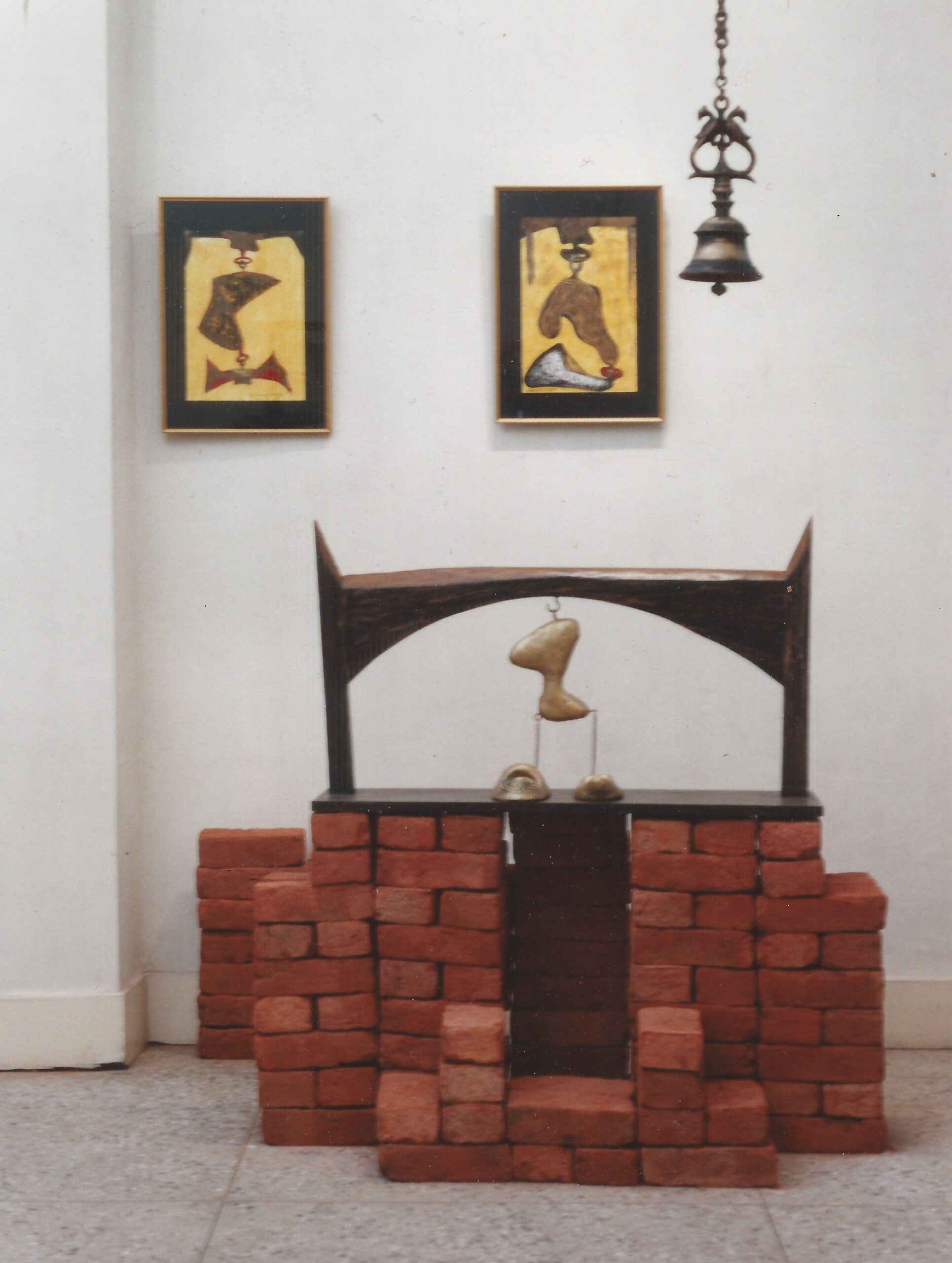Folk Theatre of India: Jatra

The word Jatra implies a journey. Jatra theatre form is based in the regions of Orissa, Eastern Bihar and Bengal. As of the early 2000s, the Jatra’s had a troupe of around 55 groups based in Calcutta and generated a revenue of around $21million USD every year.
Sri Chaitanya, a prominent saint during the Bhakti moment is credited to be the inventor and the promoters of this music enriched form of theatre. It is widely believed that the first spectacle of the play was also done by Sri Chaitanya wherein he played the role of the Rukmini in the play, Rukmini Haran (the play was based on a story in the life of Lord Krishna).
The first stage of Jatra includes a musical concert with the aim to attract an audience. Following, the concert the four-hour-long plays commence. The scene transitions and the endings are marked with dramatic monologues, dances and rich melodic music. Open-air venues are employed for a Jatra performance with the stages being highly minimal in nature and having little to no props giving the actors the freedom and the space.

The composition of the cast is heavily inclined towards the male, with the female characters inter spread. After the 19th century, with the changing society, the female contribution in the cast of Jatra plays has increased significantly which is an affirmation of the ever-changing and ever-evolving nature of the theatre form. The performers join the Jatra troupes or groups at a very young age and they follow a hierarchy of roles. Like Sutradhar in the Ankiya Naat, the Jatra also has two characters Vivek and Niyati which are omnipresent and interact with the audience via dance movements and commentary. The modern alter-ego of Jatra includes loud music, lightning and catchy dialogues. Jatra performances are usually done at weddings and festivities. The peak of the Jatra season arrives in the Durga Pooja times.
Jatra has survived the turmoil of the time were successfully and has waved through the currents only to grow and profess. The reason for this growth is the very nature of Jatra, which provides it with an ability to adapt and acclimatize with the changing fabric of society and to incorporate the new dynamics and life.
Independent Project by Abhinav Sharma
Guide ⇒ Prof. Manohar Khushalani
References :








